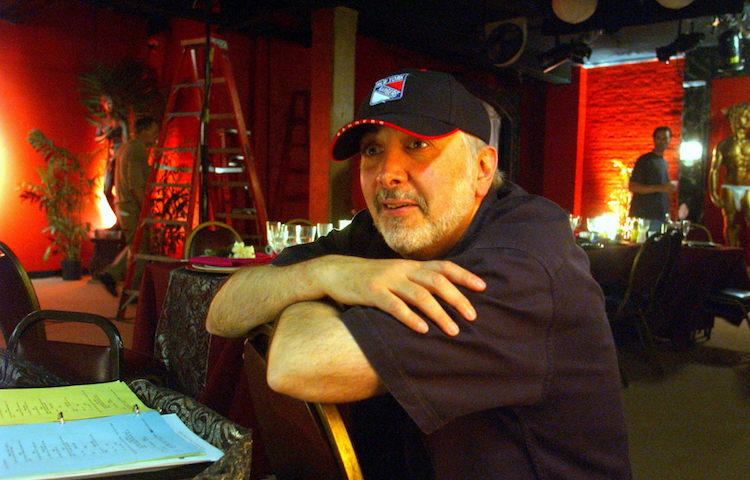
Narrative / Dramatic Features
Film Name: THE QUEEN OF CAMELOT
Genre: Independent Historical Memoir
Date: August 2020 to Global Nonviolent Film Festival
Director: Roger Paradiso
Producer: Roger Paradiso
Writer: No screenplay
Cinematographer: Nick Dewitt, Pedro Hernandez, Roger Paradiso
Production Company: Skywriter Pictures LLC
Budget: Well under 100k – Indie film no corporate financing for the three films
Financing: Family and friends
Shooting Format: 16×9 Digital, Super 8, and Mixed archival media
Screening Format: 16×9 Digital file/Blu-Ray/DVD/ Vimeo
World Premiere: Global Nonviolent Film Festival
Awards: Best Historical Subject Global Nonviolent Film Festival
Website
indieactivity: Tell us about who you are?
Roger Paradiso (RP): I am an independent Film Director who has previously spent 30 years in the studio film system as an AD, UPM, Producer.
Introduce your film?
Roger Paradiso (RP): This is a trilogy called Searching for Camelot – The Queen of Camelot, like the other two films, is part history, part memoir, and part fantasy. It is a 3-part series dealing with Jacqueline Kennedy’s Romantic fantasy of Camelot which is the years she spent with her slain husband John Kennedy. Part one is how they get together and work their way to the White House. Part Two, The Quest is about Jackie and Robert’s months of depression after the murder of John. Robert goes on a quest to reclaim the throne and he too is murdered. Part 3 THE QUEEN OF CAMELOT is about Jackie’s early childhood which takes us through the various exiles of her incredible life.
Tell us why you chose to write, produce, direct, shoot, cut/edit the movie? Was it financial, chance or no-budget reason?
RP: It was the story of most of my life. I came of age during this period of Camelot. I wanted to tell this story from my memories. I Included Elders from that period., many of whom worked with the Kennedys.The elders and I were presenting an oral and visual history of the Camelot years. The young Millennials discovered this magical period in American and perhaps World History.
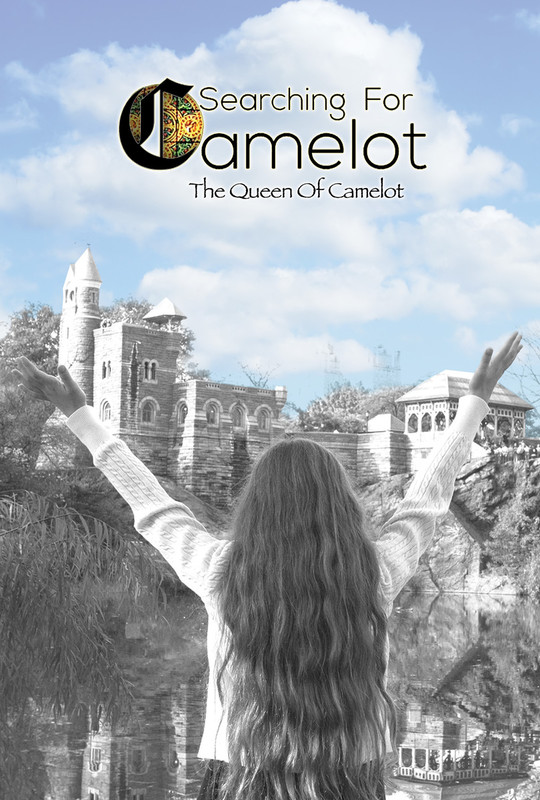
Introduce your crew?
Roger Paradiso (RP): The crew grew out of former interns and young professionals who were recruited to this epic project. It took over 8 years and counting to complete this film and the trilogy. I enjoyed the sense of wonderment of young people. Although much maligned by some, these young people were very similar to my generation and many others I have seen over the years. The elders included an amazing man.
David Amram was not only a great Mentor to the young people in our chorus, but a friend and composer who did amazing work with the score. He operated in a minimalist style which complimented the film.
Rik Angelori was another composer who became a genius of musical styles and produced most all the music in all the films… He also is a brilliant music producer who works out of his home studio.
The recently deceased Robert Temple Jr. was an amazing musician and composer who scored a lot of The Queen of Camelot. He was very creative. I would give Rob a Miles Davis song or a movie score and say it is something like this and he would nail the emotions needed in his own style. Unfortunately, Rob died during the Covid pandemic. He was also the music director for many hip hop groups including The Sugarhill Gang
The “cast” was brilliant. I enjoyed working with such icons as Judith Malina (The Living Theatre). David Amram (“The Manchurian Candidate” composer), Tom Chapin legendary folk singer, Jeff Greenfield who is a major journalist and author who served as RFK’s campaign speechwriter.
Peter Edelman who was a campaign manager for RFK’s campaign, Jack Engelhard novelist (“Indecent Proposal” “Days of the Bitter End”), Richard Reeves ( journalist and Novelist “Portrait of Camelot”), Edward Fancher the publisher of the great Village Voice newspaper, Phyllis Yampolsky was a performance artist and one of the artists of the Judson Galley.
Sarah Bradford, biographer, “America’s Queen: The Life of Jacqueline Bouvier, Kennedy Onassis”. Sarah was the anchor for my story on Jackie. She did meticulous research and writing on Jackie’s childhood and early life with JFK. This is where Jackie’s character was formed and the well she went to whenever she faced a crisis.
Jack Viertel a Broadway Producer who wrote about the musical Camelot and knew a lot about the Kennedys. He was about my age, so the period of “Camelot” was his coming of age. He also studied the music and saw the parallels between Jackie’s Camelot and the Arthurian myth. Invaluable interview.
John Kennedy is listed in the top ten of Presidents. He might be ranked higher if he had completed two terms. His New Frontier was a journey towards peace, social justice, fairness in economics, promotion of culture and arts, and exploration in space. He was murdered before he fulfilled all his dreams.
Jacqueline Kennedy was not only one of the greatest first ladies, but a great woman in her time. She came from privilege, but she was a tremendous supporter of her husband’s (and her) ambitions in politics. They wanted to bring culture and peace to the world. She was also ahead of the game on the historical preservation of our buildings and culture.
Robert Kennedy also murdered before he could show us his true legacy. He wanted to continue his brother’s policies, but he had dreams of his own which we will never get to know. He was very much involved in the culture of his time and a strong supporter of social justice around the world.
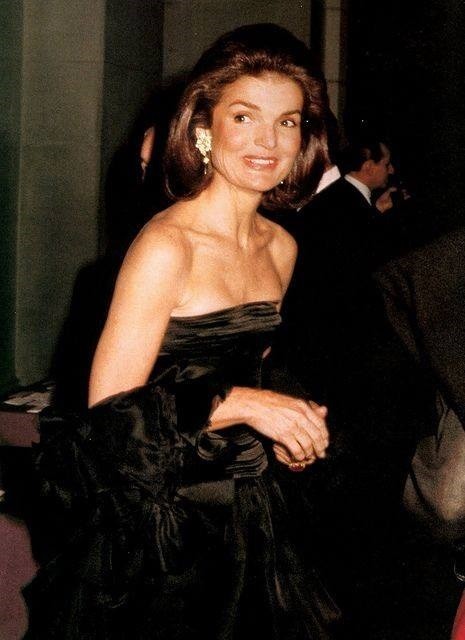
What are your personal experiences putting on all these hats/responsibilities (simultaneously)? Tell us about the story, writing, and production?
Roger Paradiso (RP): I believe in forming a company and building a team that moves forward discovering what they are searching for. Here it was simple to present the search. We were searching for Camelot. For some reason, I am good at research and improvising so I create a very relaxed set. The cast and I are having an ongoing conversation as we learn things from each other. I do not believe in scripts for a documentary. I do not storyboard or any of that stuff. I wait to see the locations picked. How is the light would be my first thought as I like to use natural lighting as much as possible outdoors? Indoors, windows are my friend and I add a soft light generally to the foreground. I try not to focus on the camera with the cast. With my cameraman, we pick the lens and angles that seem to work that day. The story has already been built in my head. I try to follow its spine but am always anticipating detours and adjustments. Surprises are always the best thing to have to happen on the set. So, I really do not tell anyone too much. Finding people who show emotion with some insight is always the greatest thing a director can have to happen on a set.
What is the source of the idea? How did the story develop from the idea? And how did the story evolve into a screenplay? Why do this story? Do you have a writing process?
Roger Paradiso (RP): Very simple in this case. I grew up with the Kennedys and Camelot through grade school to high school. It was my coming of age period. So, I try to bring my memories to the discussions and the narrative. The other thing that brought me to this subject was a parent-teacher meeting when my son was in middle school. I had looked at this history book and noticed a page or so devoted to Camelot or JFK’s thousand days. When I asked the teacher, he said that all texts nowadays were produced by leaders in education and some corporation published it. Besides, this person said, nothing much happened during JFK’s reign. Wow, I felt I needed to have the elders tell our chorus of young people what really went on and it was a lot.
Let’s talk pre-production: take us through a timeline of how you started and ended it?
Roger Paradiso (RP): Nick, the cameraman, and I went out on November 23rd, 2012 which was a day after the murder of JFK )11.22/63) but it was the right day, a Friday. We filmed the Village especially Washington Square Park on a day I was told was very similar to the day in Greenwich Village back then. It was a clear blue sky and cold. It started then and we kept the young core of our chorus together through the end of May in 2013. Some of the core hung around, and we added a new chorus and some new Elders as we continued to shoot and edit through 2018. Then the editing began, and it was a long haul. I like to feel that I am good at putting the jigsaw puzzle together, but the fine cut editing is best handled by others. I had plenty of help here with many editors including Daven Falconer, Calvin Theobald, and all the gang at Technicolor/Postworks from Jay Rubin, to Kuri to Jevon and Brian who did all the sound mixing and color correction. They were great supporters, and I will forever be grateful to them.
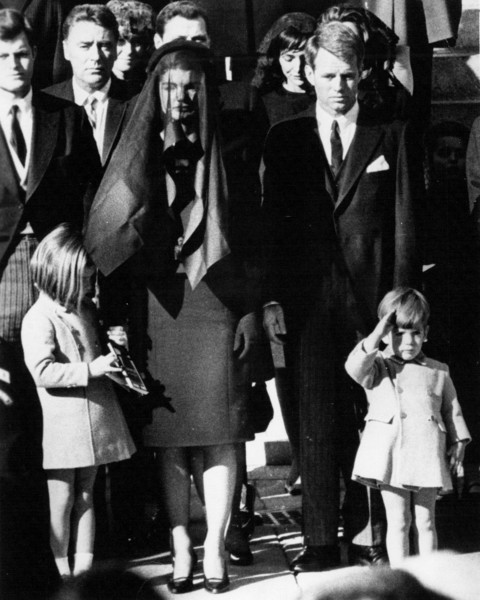
What was your rehearsal process and period?
RP: No rehearsal. I met the young chorus of players and shot the same day. I generally have a brief discussion on the phone and use emails with my cast to have brief discussions. On the day we shoot I fill them in a little more. It is best to shoot a documentary this way. I believe the audience needs to see and sense that the “cast” is thinking and answering honestly. It also leaves room for surprises. When Dermot McDermott, a tough Irishman novelist from the Village, unexpectedly broke down when we started talking about Robert Kennedy it was one of those magical moments. So, no, I do not believe in scripts or rehearsing in documentary films.
You shot the film in days. How long were your days?
RP: Going over the three films., I cannot recall the number of days shot but it was reasonable. Maybe ten days each. I do not believe in long days for these films. One, it is very intense, and the cast gets tired. Two, the crew is not getting paid too much and it would be unfair to run them with long hours, I shoot in about six hours broken up by a lunch period. The remaining two hours are for wrap and loading the sound and film into a drive. Then we usually have another run at food and go home.
Did the tight shooting schedule make it harder or easier? How did it affect performances?
RP: My schedule is helped by the research I do in prep. So, it is not out of control and some say it is easy. As I mentioned before I think the “cast:” are fresher and that shows in the film. Also, I tend to shoot two people in. The six hours broken up by the lunch period. So, one person before lunch and another after. I also keep the locations. Tight to my main location. In this case it was the generous Half Pint Bar on Thompson and West 3rd. Tory and her team were very gracious to us.
During the film production, what scene (that made the cut) was the hardest to shoot? And why?
RP: I cannot recall any scenes that were tough. Weather usually makes it tough shooting outdoors and we did. Shoot every season in Greenwich Village. I do remember a very simple shoot on a Saturday in January. I shot the Young chorus member, Danny, in a veil. It was so cold and windy that we would dip into Washington Square Park for maybe a half hour and we came back to the Half Pint to warm up. That was difficult because it was windy and below ten degrees.
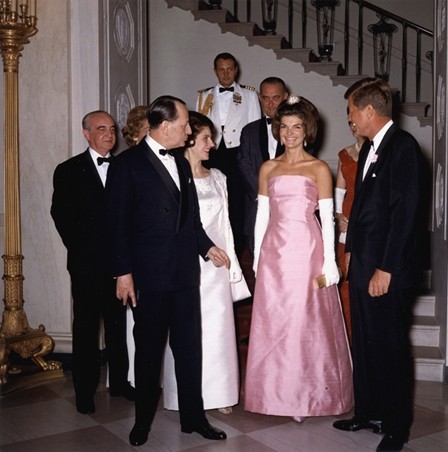
What worked better in this latest production that mightn’t have worked so well in the last one you did?
RP: You are always looking to get better. I think we just got better as a group and maybe we had a little better camera work. I am using young people and there is a learning curve on every shoot.
What were the advantages and disadvantages of the way you worked?
RP: I shoot as little film as I can because, for some reason, I usually have a good sense of what I need. I do not know why that is. That is an advantage. Instead of shooting lots of films. I do run the risk of missing something. So, an occasional reshoot may be done, but that is rare.
What was the experience like of working with a small shooting crew?
RP: On the Sugarhill Gang film, we were shooting near the burned down Sugarhill Records and I looked around at our small group and thought right down the road in Fort Lee is where the film got started in this country. I kind of felt that I wish I were back in the early days. It must have been exciting. There is a lot to be said to be shot with a small crew. And I am amazed, coming from my studio days when we could have over 100 crew, 5oo extras, and a dozen talents. That is a lot of pressure and time is money.I really enjoy the flexibility of a small crew.
The film looks stunning. How did you get such a good look when shooting so fast?
RP: Years of experience and shooting stills, you tend to understand lighting and how to use a location.
When did you form your production company – and what was the original motivation for its formation?
RP: Skywriter Pictures was started up years ago with the idea to shoot indie films. Documentaries were far from my mind. So, I think “Tony N’ Tina’s Wedding” was the first film we developed with my partner Mike Tadross. But when I went to the docs it was “I Want My Name Back” shot in 2008 where we started doing smaller shoots in documentary film.
What was the first project out of the gate?
RP: “Tony N’ Tina’s Wedding” a fictional film.
What about independent filmmaking and the business do you still struggle with?
RP: Always hard to scrape together money. Most indie distributions do not finance. They just want to see your film when you are finished or on the festival circuit.
Where do you think your strengths lie as a filmmaker?
RP: Story, lighting, and locations. I hope I get good performances. And I like to work with a fun crew.
Let’s talk about finance, How did you finance the film?
RP: No corporate funding. Friends and family. Some films I will do a crowdfund, but that has not proved to be a major funding source, but I am amazed at how generous people are… It is very humbling…
How much did you go over budget? How did you manage it?
RP: There is no over budget on docs. At least the ones I do.
How important is marketing? Talk about the festival tour? Do you think a project can make a dent without it nowadays?
RP: Marketing money is the most important thing you have when you try to sell your film to the public. And it is a sad thing to know that most indie films have pitiful marketing funds and so do the small distributions. That is the problem with indie films and especially docs today. So really you are trying to create buzz on the film festival circuit and get reviews. There are a handful of festivals like Toronto and Tribeca that lead you to distribution and give you some marketing chops. We need a new way to boost indie films especially docs because if a studio movie is putting in millions on a small film or 100 million on a big film, ten thousand dollars is not going to make a dent in getting a film seen. So really you are dependent on the bigger indie distributions and their reputation like HBO, Showtime, etc. to get the film out there for you. If you do not get them, you are developing a grassroots movement perhaps starting in the area you shot in. It is not easy.
Tell us about marketing activities or efforts on this project – and how it worked or didn’t work?
RP: This film is just starting out. So, the first thing is to try to win an award which is what we did and then we try to get press which is what we are doing now.
What do you hope audiences will get from the presentation of your film?
RP: I hope they understand there was a Camelot, as there has been and will always be in history. And that because the Camelot ended badly, that there can always be another one. So, there is hope. Also, it is fun to see how the main characters rise above the politics we see now and the culture we see now. Maybe we can learn from them.
What else have you got in the works?
RP: Right now, I want to do a film about the aftermath of the World Trade Center. That is all I can say now, but it is a challenge to raise enough funding to make this dream happen. But I keep trying and that is all you can do.
Tell us what you think of the Interview for The Queen of Camelot What do you think of it? Genre? More genre? Let’s have your comments below and/or on Facebook or Instagram! Or join me on Twitter
Follow Roger Paradiso on Social Media
Website
IMDb
Facebook
LinkedIn
MORE STORIES FOR YOU









